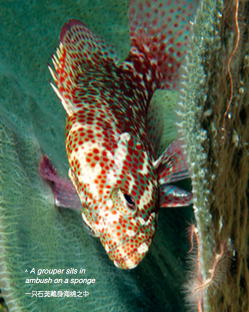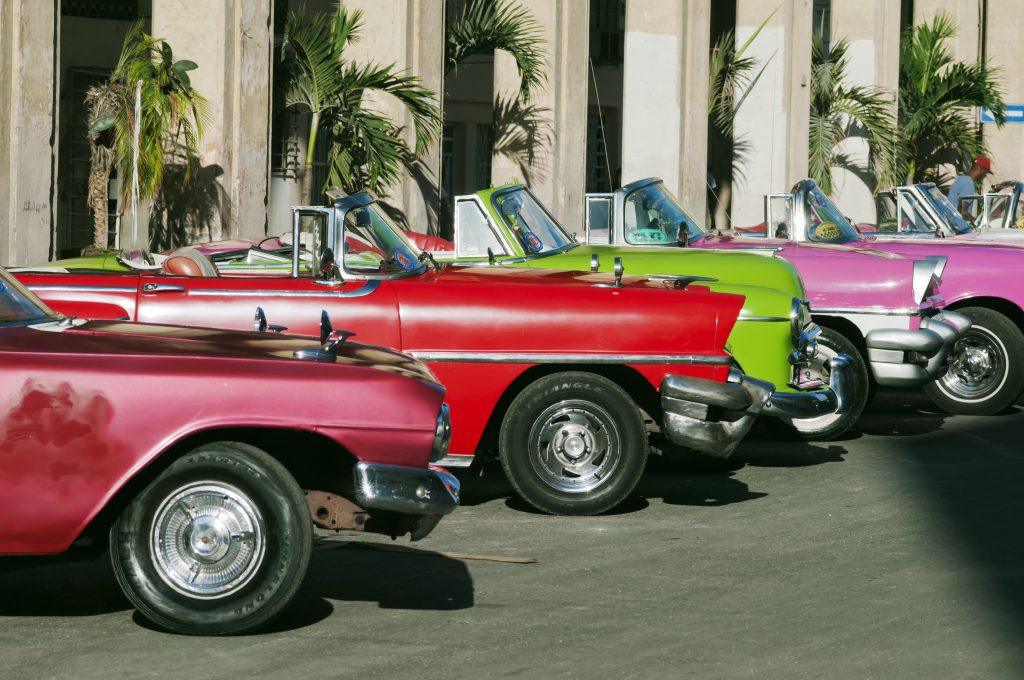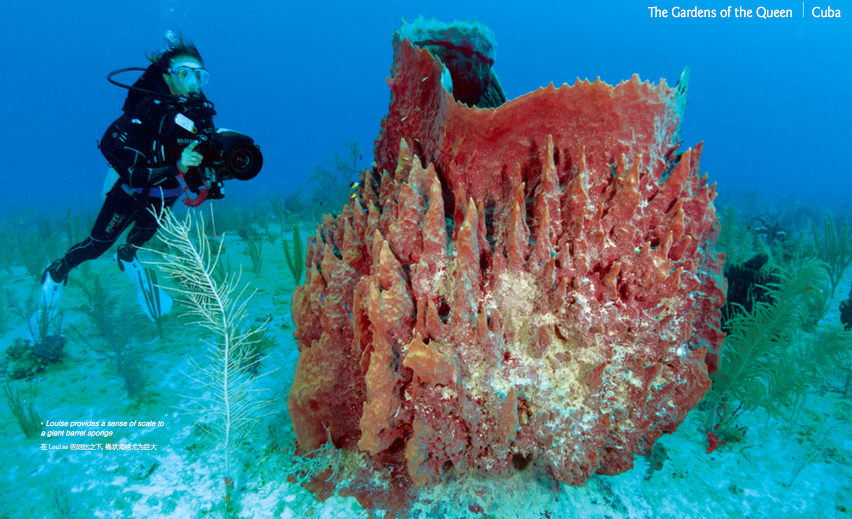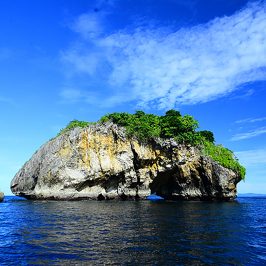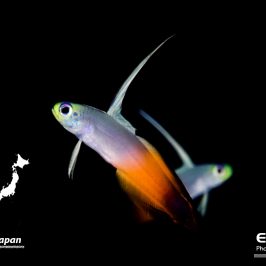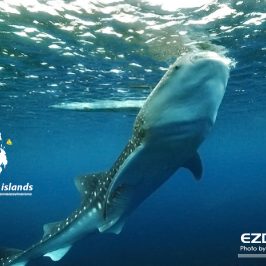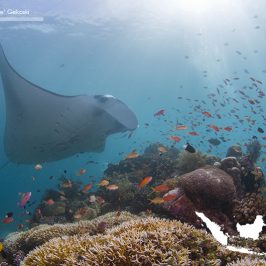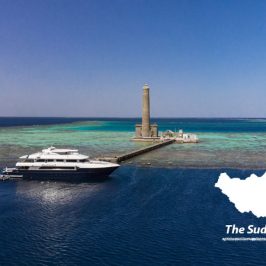Visiting Cuba to dive its wondrous reefs without taking the time to experience the people and culture is kind of like eating a delicious chocolate cake but deprived of the icing.
Text and photo / Glen Cowans & Louise Stazzonelli
On his second voyage of discovery in 1493, Spanish explorer Christopher Columbus entered the area of southern Cuba known as the Gulf of Ana Maria. The archipelago he discovered there was “so numerous of islands and so magnificent to behold” among the emerald blue waters that instead of naming each island, he simply dedicated the entire area to the Queen of Spain by calling the archipelago Los Jardines de la Reina – The Gardens of the Queen. Little did he know that the most magnificent gardens actually lie beneath the surface of the these calm and tranquil waters.
These waters only exist today, so protected and healthy because of the modern history of Cuba. Che Guevara, the legendary revolutionist of the Latin American people travelled to Cuba in 1956 with Raul and Fidel Castro and together with freedom fighters overthrew the existing dictator Fulgencio Batista to create the Communist Cuba of today. This is a Cuba that in 1960 became embargoed by the USA with no contact or trade and where until now, US citizens have been legally forbidden to enter. Add to that the Russian Perestroika which created a depleted Soviet economy that left Cuba to fend for itself in 1990 and this resulted in minimal tourism, the first factor that has limited human exposure to the overall marine ecosystem.
The new post-revolution dictator Fidel Castro was an avid scuba diver and very passionate about the seas. He became friends with Jacques Cousteau who visited Cuba on a diving expedition in 1985 and this love of the oceans meant that he understood the importance of protecting these ecosystems. In 1996 the Gardens of the Queen and the Gulf of Ana Maria became the largest no-take marine park in the entire Caribbean. Today, 15 percent of Cuban waters are protected and the aim is to increase that to 20 percent.
On entering these waters I became filled with an emotion of being incredibly privileged to be able to dive in waters that have been until now, been off limits to so many for so long. The archipelago fringes the open Caribbean Sea and protects an incredibly huge area of coral reefs and bommies within the Gulf of Ana Maria. The Archipelago dictates tidal flow between the open ocean and the gulf, which in turn promotes healthy coral growth and marine life.
Caribbean reefs are completely different to what we are used to in the Indo Pacific region. The soft corals of sea-plumes and delicate purple Gorgonians plus various sponge species create a colorful wonderland that is so plant-like it resembles incredible underwater gardens. These gardens also have healthy shark populations of Caribbean reef sharks; a favorite of all who take photography or video underwater as they are far less timid than most and have no fear of coming in very close to you.
Other species encountered regularly on our dives were curious hawksbill and loggerhead turtles that would swim up to divers, before moving away and occasionally even coming back for a second look. Our visit in May also coincided with mating season for tarpon, these large chrome plated fish are easy to approach for photography. Eagle rays were often seen cruising the drop-offs and the flat sand stingrays gliding through or feeding in the sand at 20m.
These sand flats were either spotted with coral bommies and ridges, littered with giant barrel sponges and delicate sea-plumes, covered in sea-grass beds, or a combination of each. The barrel sponge gardens resembled massive tree stumps rising from the sand with huge openings on top, often so big that a diver complete with scuba tank could easily fit inside. Schools of horse-eye jacks would school and circle above the flats encouraging you to swim further out and get a shot of them against the blue where you would turn around to head back only to find a giant barracuda had been watching your every move.
But for me the most exhilarating interaction of the archipelago is the local population of American salt water crocodiles. Entering the water with these prehistoric, teeth wielding, leather armored denizens of the mangroves was something I had some trepidation about. The briefing is that you keep your camera between the crocodile and yourself and on my entering the water one came forward and bumped the port of my camera. It then stalled and simply floated in front of me, jaws agape, allowing several photographs before swimming down and away. My second encounter went much slower, it stopped as I approached and sunk to the bottom with only its snout out of the water. This created a much more favorable scene with the sea bed in shot which gave it dimension and delivered depth.
Our second mangrove experience was much different. When the tide had turned to incoming, we snorkelled inwards between two islands in crystal clear water. Flying over the top of sand, stingrays were startled by our approach until suddenly we were among the dense mangrove growth. Here sheltered juvenile fish and bait-fish hovered all around, sponge growth encrusted the mangrove roots which created beautiful scenes against the greenery above and the clear sand below.
Diving Cuba with the Jardines Aggressor is part of the Oceans For Youth program that adds immensely to the experience of visiting Cuba. Included in your package are two nights in Havana prior to the live-aboard. All meals are included and with a guide, you tour much of the capital, enjoy family owned restaurants with local specialities and attend talks with Cuba’s leading marine scientists and experts to find out what makes the Gardens of the Queen so special. You also have the opportunity to meet with engaging locals who are not just friendly and welcoming they are also immensely proud of their Cuba.
Travel is about broadening your horizons with experiences and people, and the Oceans For Youth program gives you a glimpse of the true flavor of Cuba. I found this far more rewarding than simply flying in to dive and leaving again as it gave me an insight to a wonderful culture that is in part still locked in the 1960’s as it begins to embrace the future of today.
Getting there:
Travel and flights can be arranged directly through Aggressor Adventure Travel info@aggressortravel.com Flights can be sourced from Miami USA and various destinations in South, Central America and Europe.
Visas:
You must possess a passport with at least six months validity. You must obtain a visa to visit Cuba, either through a Cuban Embassy or your travel agent. For entry (transit) through the USA, prior completion of a simple online ESTA application (www.cbp.gov/esta) is compulsory. Ensure you keep either a hard or soft document copy of the document.
Language:
The main language is Spanish, although some English is spoken outside of hotels.
Currency:
The Cuban Convertible Peso or CUC is the tourist currency of Cuba. This can only be sourced in Cuba, all banks and money changers (Cadecas) give the same rates. The US, Euro and Canadian Dollars are the only currencies accepted for conversion, we found for the best value, convert your money to Canadian dollars before leaving home.
Visa and Mastercard can be used at the larger hotels, but not if it is from an American bank. Eftpos cards cannot be used at all, you can source direct cash from your credit cards at banks and Cadecas but the fees are prohibitive.
Taxes and Fees:
Airport departure tax, usually included in your airline ticket but check with your airline or travel agent.
Electricity:
110v – US style outlets (twin flat pin) and 220v European (twin round pin).
Gratuity (Tips):
Tipping on the live-aboard is voluntary and if you wish to tip, it is based on the quality of service you have received. Tips can only be paid in cash.
Airport Transfers:
Transfers to and from the airport to the Iberostar Parque Hotel and also to and from the Jardines Aggressor live-aboard are complimentary.
Climate:
Cuba is a year-round diving destination with mild pleasant conditions. Water temperature ranges between 28°C in the summer months (July – August) to 25°C in the winter months (January – February). I prefer to over thermal protect and would recommend a minimum of a 5mm wetsuit.
Jardines Aggressor / Oceans for Youth Website:
For full information on the Jardines Aggressor – Oceans for Youth Foundation, People to People nine-night program, www.oceansforyouth.org

